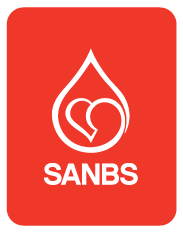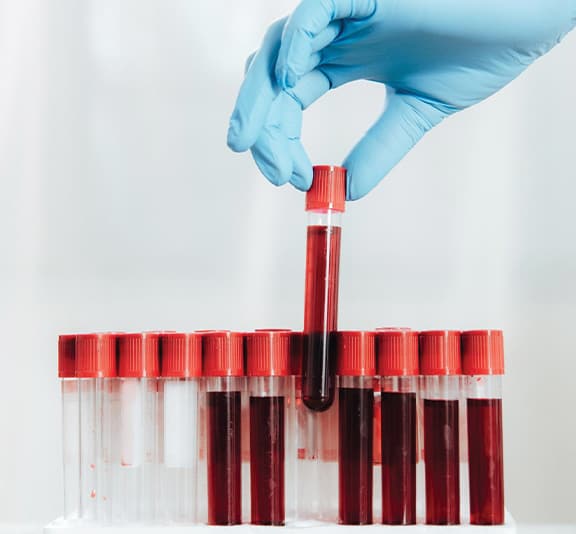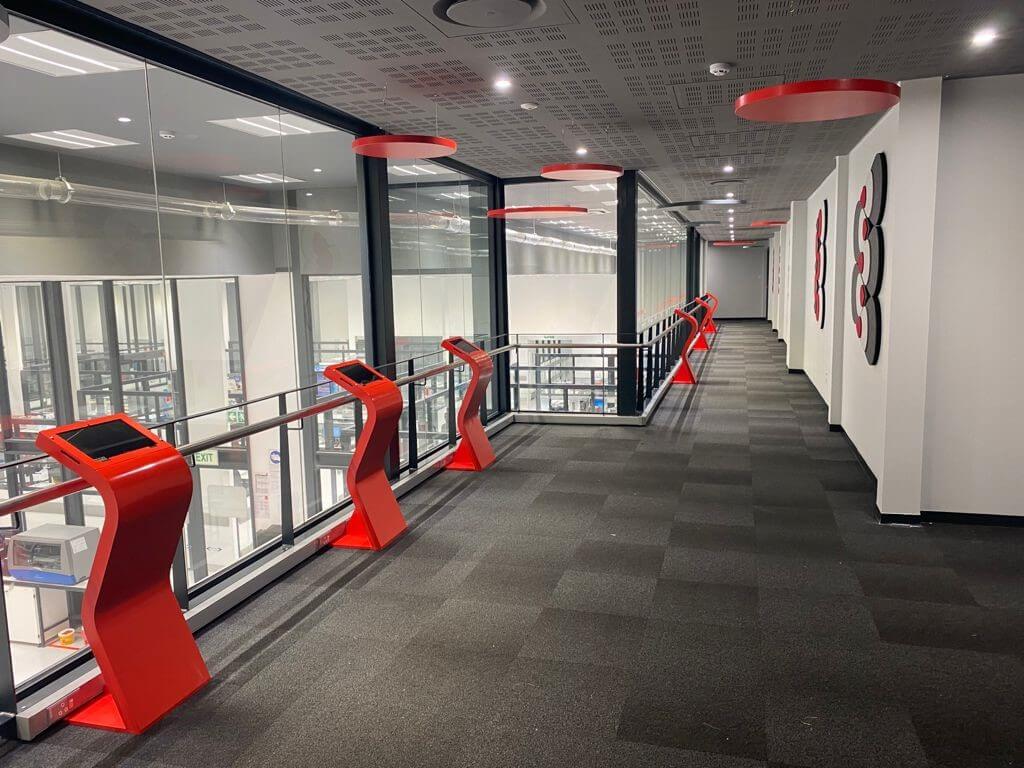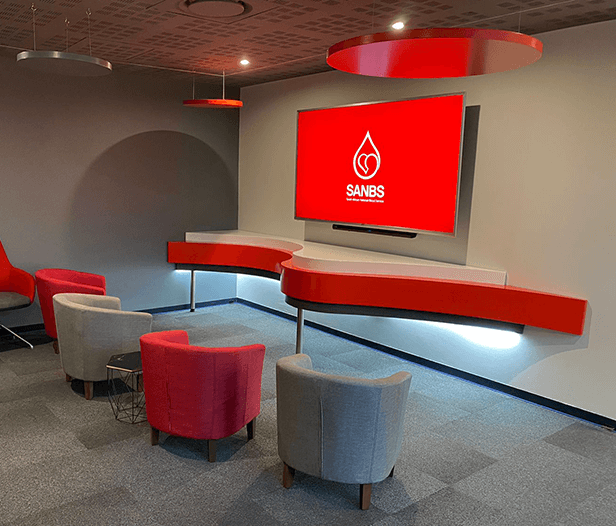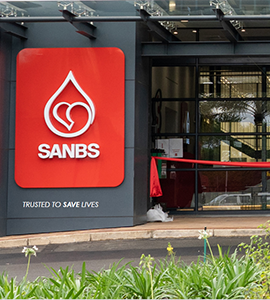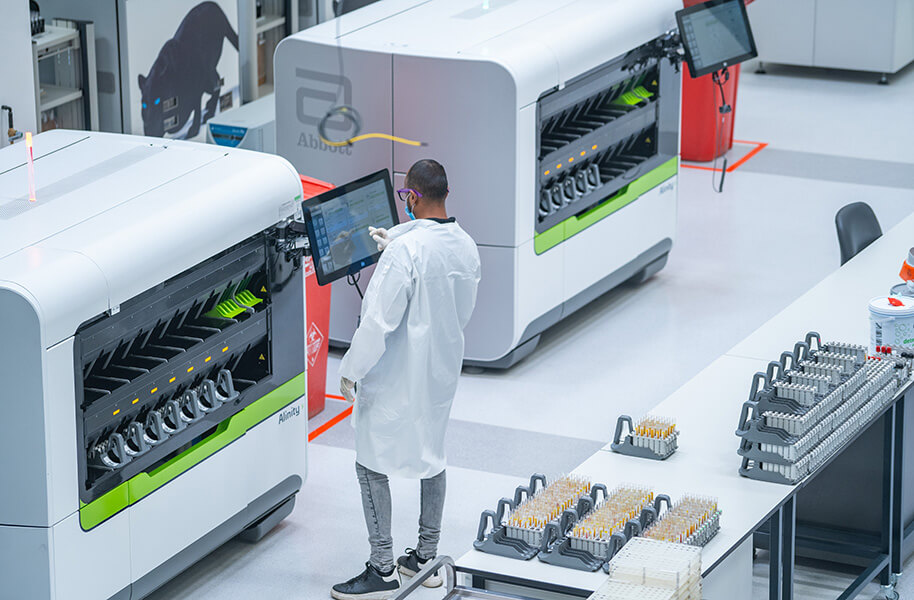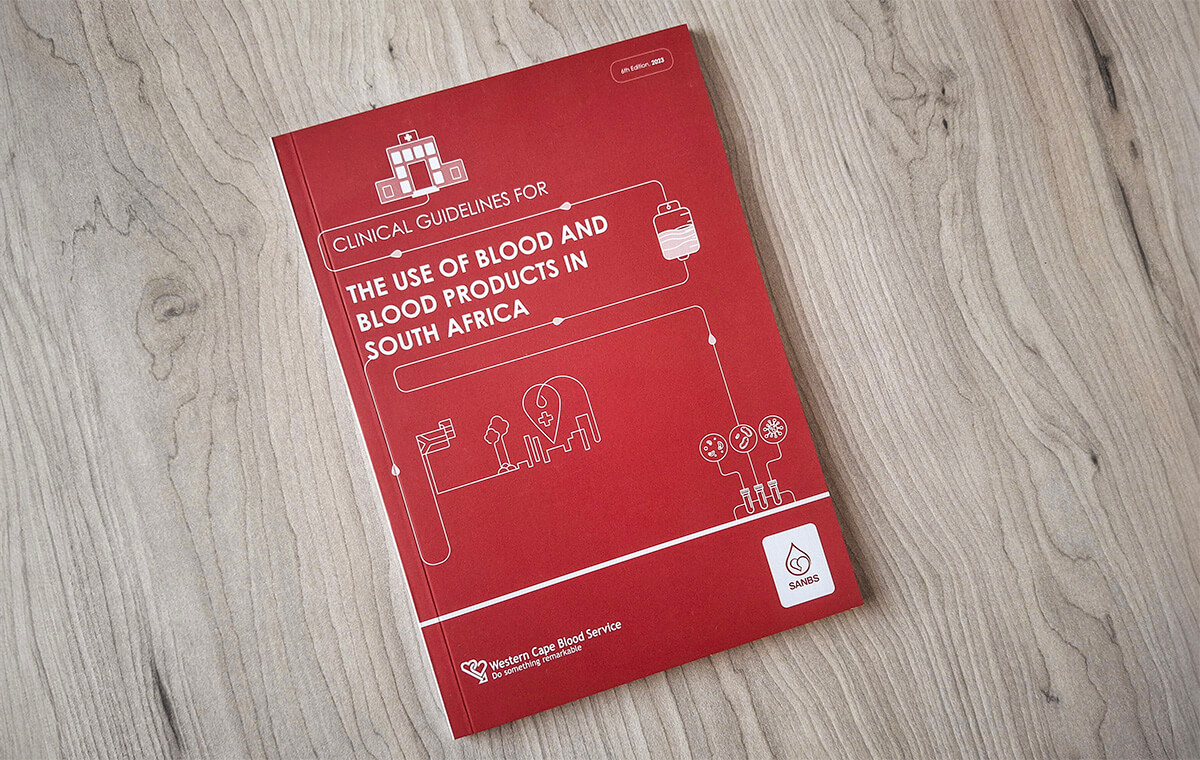

The purpose of platelets in our body is to stop bleeding by clinging to each other and forming plugs inside blood vessels that result in a clot. Therefore, platelets play a vital role in blood clotting and prevention of excessive blood loss. Platelets are essential to patients with blood disorders, cancer, trauma, undergoing open-heart surgery and organ transplantation. Cancer patients are highly dependent on regular donations of platelets.
Donating platelets is different from a traditional whole blood donation. The process is called apheresis platelet donation (plateletpheresis) whereby a machine is used to perform selective separation and collection of platelets from a donor by using a closed system in a cell separator. The blood is drawn from the donor’s vein into a cell separator, the platelets are collected into product bags and the remainder of other blood components (plasma and red blood cells) are returned back to the donor. This procedure allows us to collect a higher concentration of platelets compared to platelets collected during a whole blood donation.
Individuals who are between the ages of 18 and 65, individuals in generally good health who weigh greater than or equal to 55kg may become eligible to donate platelets.
Platelets may be donated every fourteen days, up to 24 times a year.
Most adverse events are mild, with self-limiting symptoms, and only require observation or supportive care. A majority of donors feel fine after donating platelets, but a small number of people may feel faint or dizzy, an upset stomach, have bruising, redness or pain where the needle was inserted.
Donor safety is central to our processes concerning all types of donation. Apheresis platelet donation is generally safe and associated with a low incidence of adverse reactions and injuries.
It depends on the type of an adverse event. For example, dizziness may go away in few minutes to an hour depending on the steps taking when it happens. It is important to drink extra fluids for 48 hours following your donation to prevent faints or dizziness. If you notice bruising around the needle site, it is usually caused by bleeding into the tissue underneath the skin. It will usually resolve in a week's time. If you feel pain or discomfort, applying a cold compress to the area may help.
There are no recorded long-term side effects at this stage. The continuous improvement of technology of the apheresis machines and quality standards have made platelet donation much safer.
SANBS thrive on the highest standards of practice to ensure platelet donors’ safety. SANBS donor eligibility criteria is used to select suitable donors to maximize donors’ safety and optimize platelet transfusion outcomes. Furthermore, our staff is trained to recognise, classify and manage adverse events.
Platelets are in constant demand by hospitals. After your platelet donation, they are immediately tested and prepared for delivery to a hospital. On average, platelets are transfused within 3 days of donation.
Here’s who they help:
- Platelets give cancer patients the strength they need to keep fighting. While cancer patients undergo treatment, a major side effect is low platelet count. Without a platelet transfusion cancer patients face life-threatening bleeding because platelets help blood to clot.
- Platelets also help patients survive major surgeries or serious injuries. After major surgery or serious injury, patients may need platelets to replace those lost during bleeding. Platelets keep them alive while they recover.
- Platelets give strength to patients with blood disorders and those with transplants. Platelets transfusions go a long way to help keep these patients going and live more active, healthy lives. Because platelets must be used within five days, new donors are needed every day.
From start to finish, it takes about 90 minutes to donate platelets. It will take approximately 30 minutes to complete the health history questionnaire and for the machine to be personally set-up for you. From there you can expect to be donating for about one hour followed by enjoying a snack offered during donation. This is because it takes time to separate and collect the platelets from the other blood components. During the process, platelets are removed from your blood and other fluids are returned to you. During your donation you can relax, watch a movie, listen to music…in 90 minutes you’ll have donated enough platelets to help as many as three patients. Many donors say platelet donation is their ‘me time’ to unwind from the daily stresses of life while helping save lives.
Donating platelets is a safe process. Platelet donations are performed in a highly-controlled environment by professionally trained staff. Each donation is collected through a new, sterile needle that is used once and then discarded. Although most people feel fine after donating platelets, a small number of people may feel lightheaded or dizzy, have an upset stomach or experience a bruise or pain where the needle was inserted.
Only for a moment. Pinch the fleshy, soft underside of your arm. That pinch is similar to what you will feel when the needle is inserted in each arm. A smaller needle is used for a platelet donation compared to a traditional whole blood donation so some donors find it to be more comfortable. Some donors experience chills as fluids are returned to you. There are blankets available to help keep warm. In addition, some donors may feel a slight tingling sensation. This is a mild response to the anticoagulant used when the blood is returned to your body and can be quickly alleviated with calcium. If this sensation occurs, the staff will give you a calcium supplement like Calc Vita.
You need an appointment to donate platelets. Do not take aspirin products for at least 7 full calendar days prior to your appointment. For example, if you take aspirin products on Monday, the soonest you may donate platelets is the next Monday. Plan to be in the donation chair for about 1hour to ensure a full donation. Get a good night's rest prior to your donation. You should consume plenty of calcium-rich foods and beverages for a few days prior to your donation.
All blood types, except for type O and type B, are encouraged to try platelet donation. Type O and type B can make the most impact for patients in need by continuing to give whole blood. If you are type AB you can make the most impact by donating plasma and platelets.
Organise a blood drive!
Help SANBS recruit new blood donors by organising a blood drive in your community,
office, school, college, church, or residential complex.
